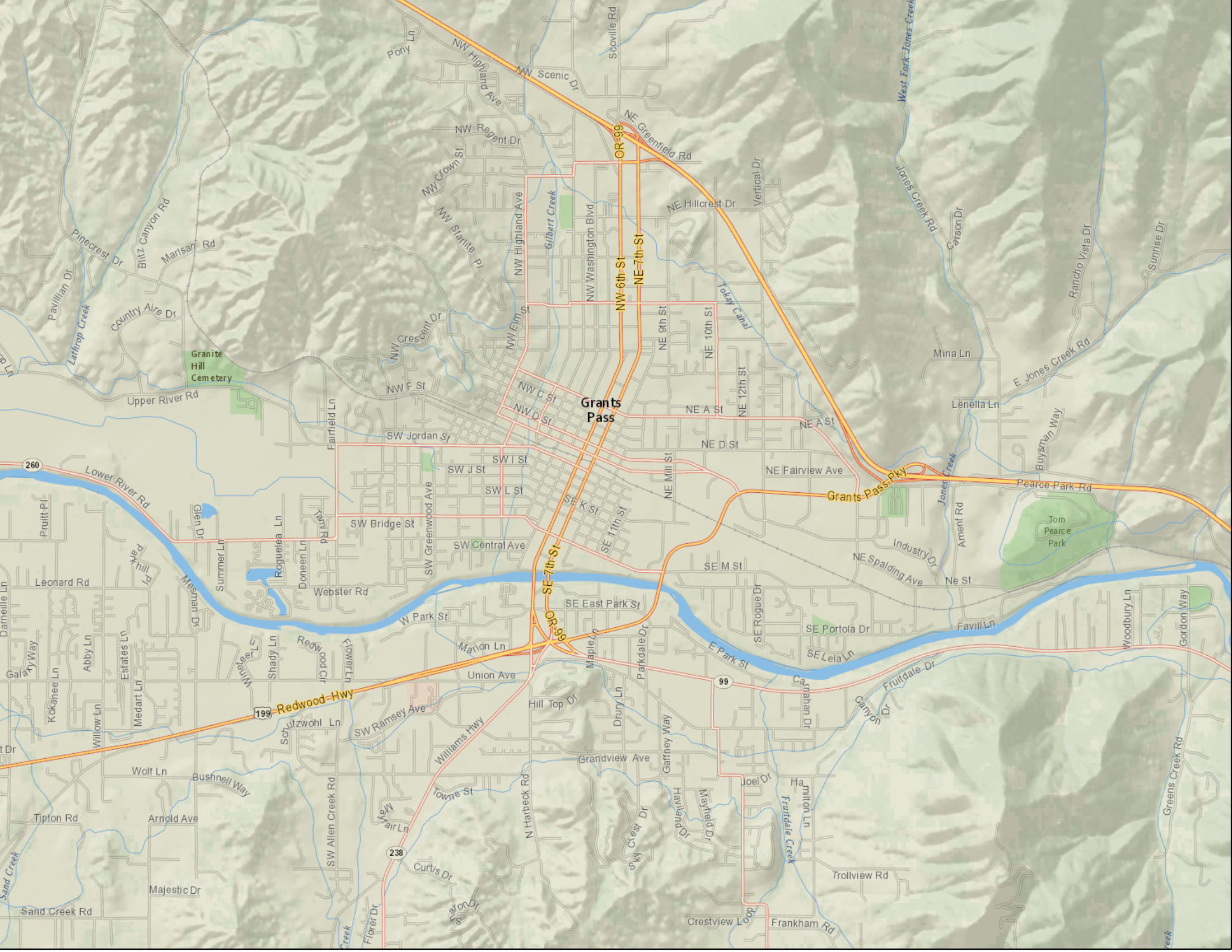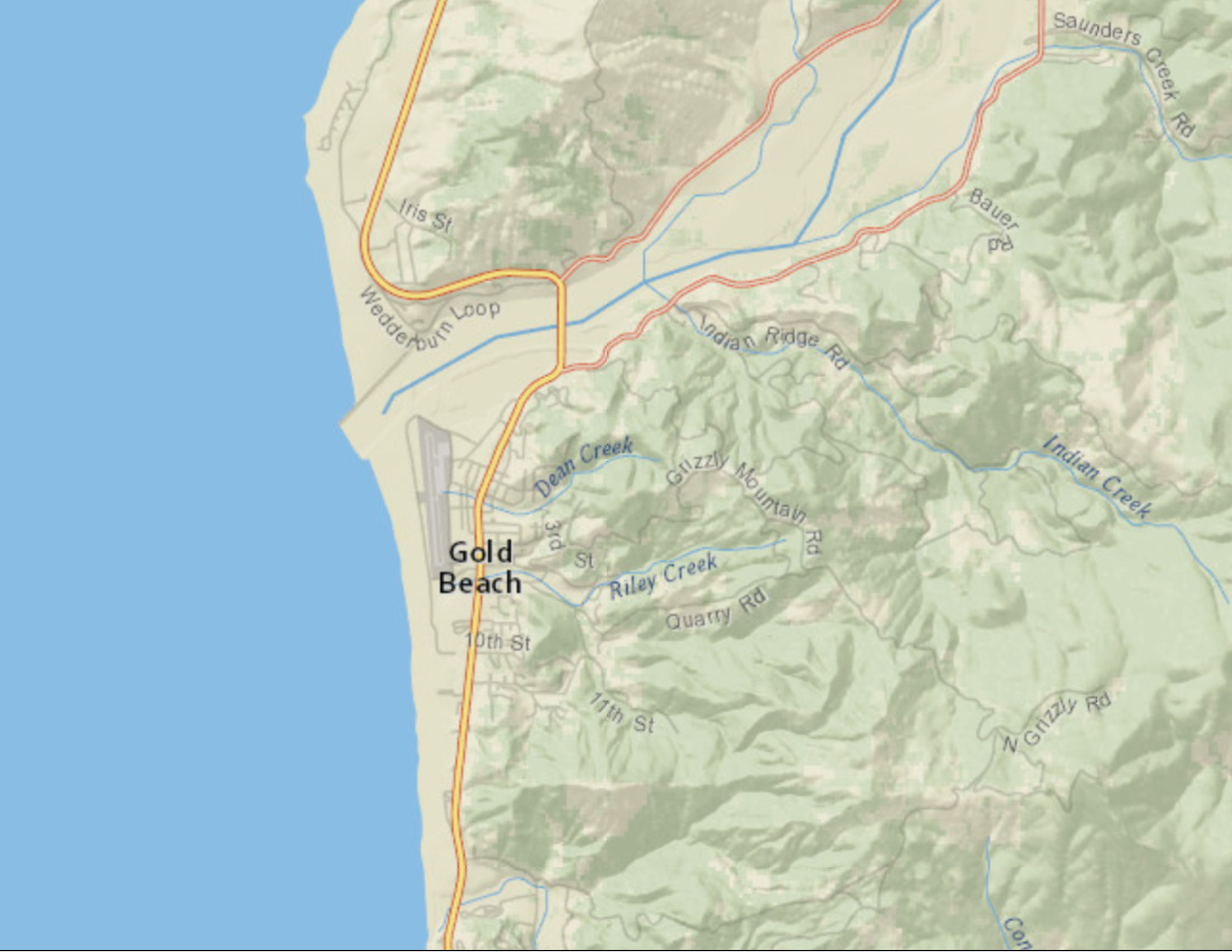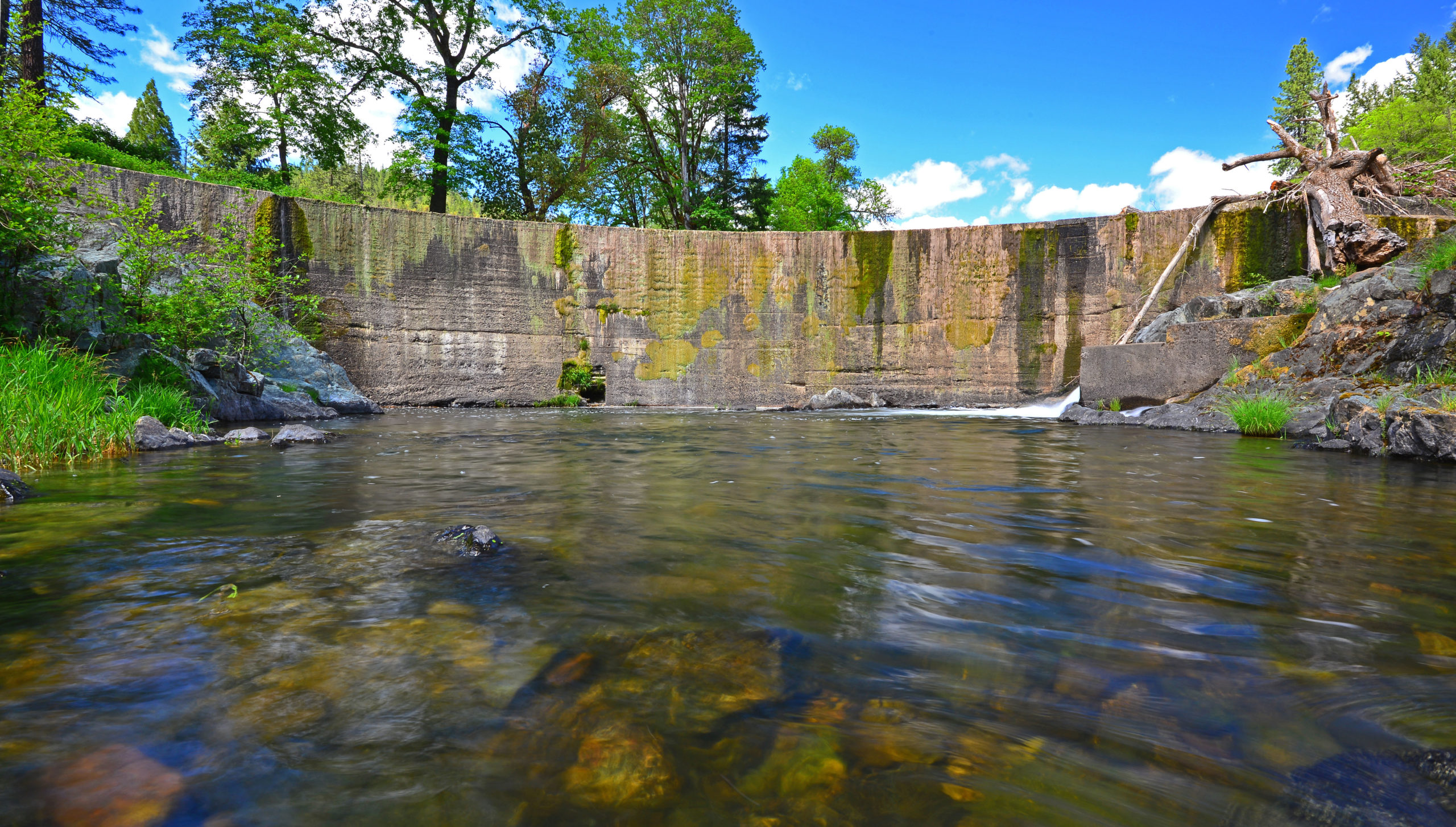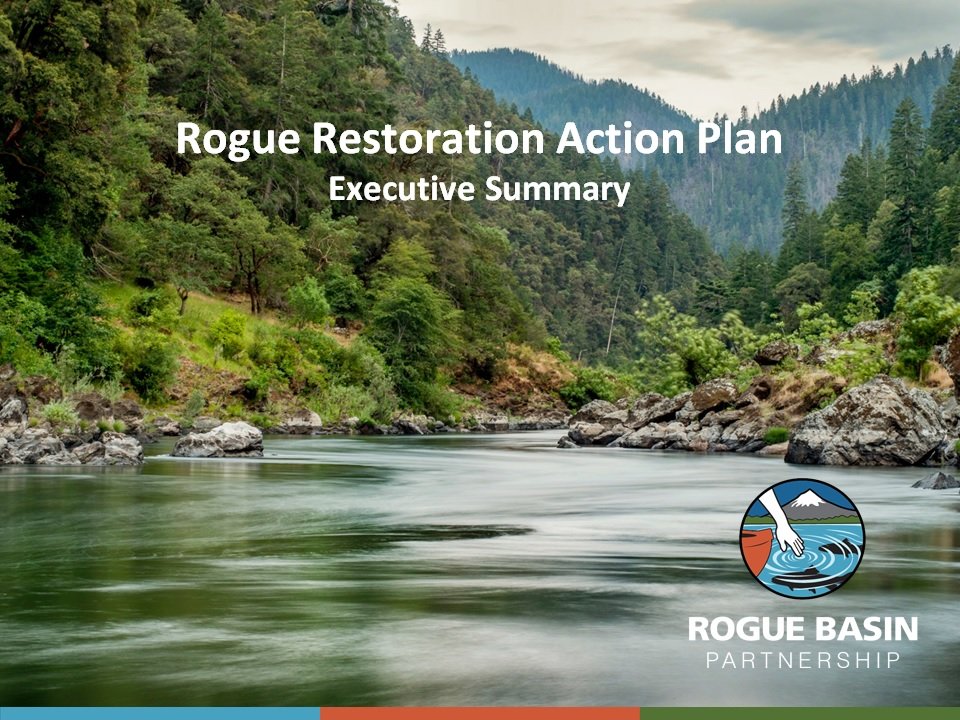Improving Fish Passage in Oregon’s Rogue River Basin
A Rogue Basin Partnership Project
Photo Credit: Jason Jaacks/Resources Legacy Fund
Photo Credit: Jason Jaacks/Resources Legacy Fund
Photo Credits: Kyle Strauss
Photo Credit: Rogue River – Siskiyou National Forest
Photo Credit: Jason Jaacks/Resources Legacy Fund

Rainie Falls Photo Credits: BLM

Pictured to the left: Isacc Lee Paterson Bridge (aka. Rogue River Bridge).
Photo Credit: Bridglink
Photo Credits: NOAA Fisheries
Pictured to the right: Juvenile coho salmon.
Photo Credits: Jason Jaacks/Resources Legacy Fund.
Photo Credit: Jason Jaacks/Resources Legacy Fund
Pictured on right: Juvenile Chinook salmon
Photo Credit: John McMillan/NOAA
Juvenile blocked at Coleman Creek barrier
Video Credit: ODFW
Text Credit: WaterWatch of Oregon
Text Credit: WaterWatch of Oregon
Pictured to the right: Savage Rapids Dam Before Removal
Photo Credit: WaterWatch of Oregon
Pictured above: Savage Rapids Dam After Removal
Photo Credit: WaterWatch of Oregon
Pictured to the Left: Riparian Restoration at Savage Rapids Dam Site (downstream view)
Photo Credit: The Freshwater Trust
Photo Credit: The Freshwater Trust
Pictured Above: Riparian Restoration at Savage Rapids Dam Site (upstream view)
Photo Credit: The Freshwater Trust
Photo Caption: Fielder Dam
Photo Credit: Scott Wright/River Design Group

Blue dots represent fish passage improvement projects completed since 1995.
Yellow dots represent 2019 ODFW Priority Fish Passage Barriers.
Video credit: Jason Jaacks/Resources Legacy Fund
Water right holder Bob Hackett
– Bob Hackett, water user on Wagner Creek, on the removal of Beeson-Robison diversion dam.
Photo credits: Jackson Soil & Water Conservation District
Forest Creek Dam
Photo credits: Jason Jaacks/Resources Legacy Fund
Tom Maddox, Ruch Sawmill
– Tommy Maddox, agent and family member, for the Ruch Sawmill property and the Forest Creek Dam Project.

Photo Credit: Jason Jaacks/Resources Legacy Fund

Photo credit Jason Jaacks/Resources Legacy Fund